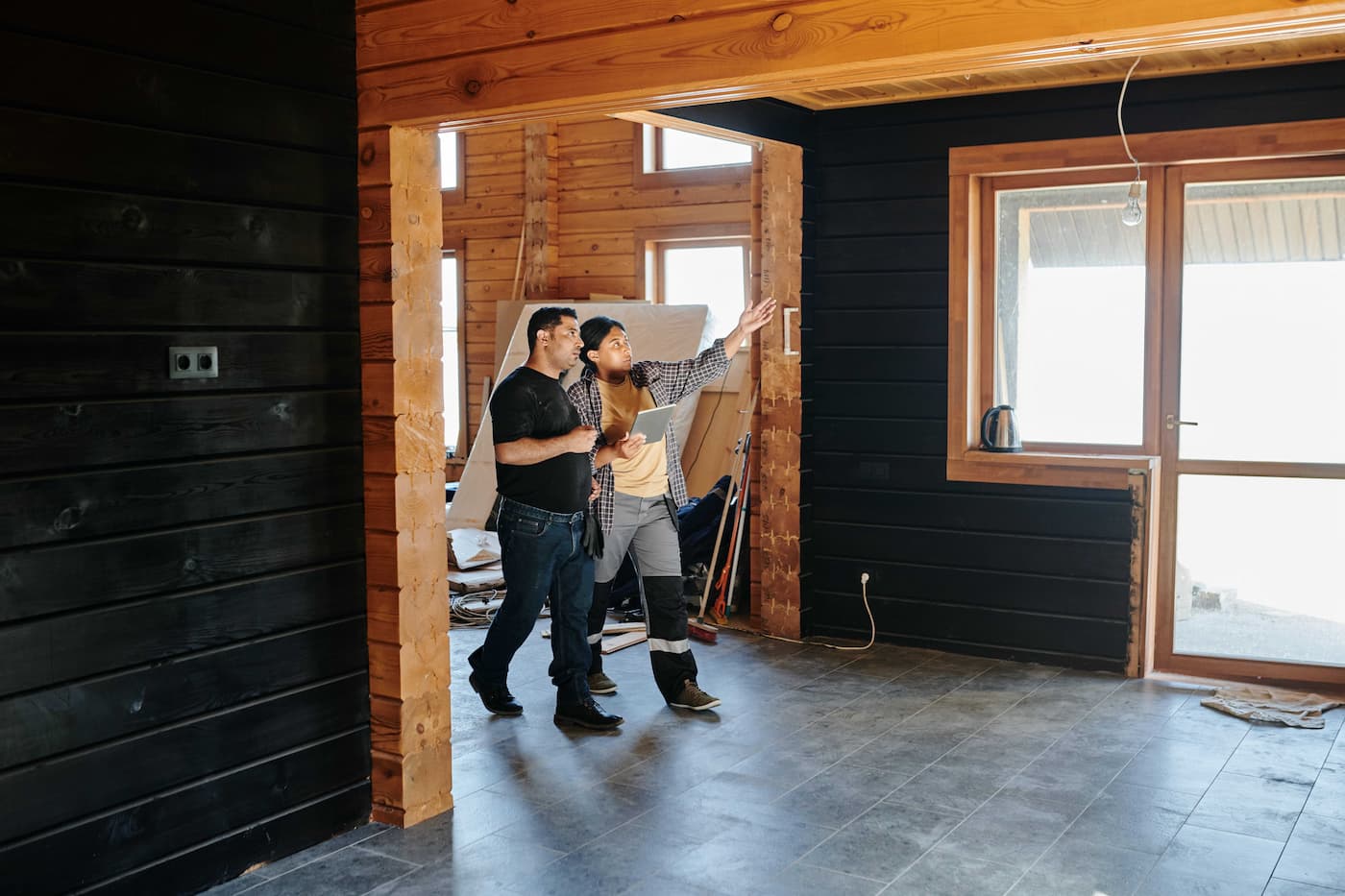Restaurant renovations: Understanding costs and budgeting for success
Editorial Team
6 min read
A restaurant remodel is no small undertaking. Restaurant renovations require time, money, and labor upfront. However, when managed properly, a renovation can add lots of value to your dining establishment. Renovated restaurants often enjoy increased sales and higher average ticket sizes, and operate more efficiently, according to QSR Web. In fact, sales after a renovation can increase as much as 15% to 40%.
In this guide, we’ll break down what you can expect regarding restaurant remodeling costs, risks to consider, and how to set yourself up for long-term success.
When to consider a restaurant remodel
The average restaurant owner renovates every five to seven years. And, a restaurant remodel can range from a simple fresh coat of paint to a more complex restaurant kitchen remodeling project. Given the unique needs and reasons each restaurant has for renovating, there’s no single best time that works for every restaurant owner to kick off a renovation project–but there are some important factors to consider.
Safety and accessibility
If your restaurant is facing safety or accessibility issues, it could be worth renovating. Aging kitchen equipment can become a liability. You may even have outdated wiring or degraded plumbing issues that could mean tackling an upgrade or renovation project. Or, you may need to change your entrance, waiting, or seating areas to provide greater accessibility to customers who use wheelchairs, walking aids, or other mobility devices.
Outdated equipment or decor
Next, consider whether your restaurant would be better served with updated decor, a different layout, or upgraded kitchen appliances. Interior design tastes change. The ambiance you created in the early 2000s may seem outdated today. Restaurant renovations to your kitchen and dining floor plan can create a more efficient workflow, which can, in turn, translate into faster, more organized service. However, these kinds of changes often require shutting down for a longer period than simple cosmetic upgrades.
Seasonality
Finally, you can determine when to commence renovations by tracking the seasonality of your sales. Slower, off-season, or post-holiday times could provide an opportunity to make arrangements for a renovation–whether you choose to close temporarily for renovations or set up a temporary dining area. Post-holiday winter months could be a good time for ice cream shops to tackle a renovation remodel. The key is to find a window of time where you can limit the impact of a restaurant remodel on the customer experience.
Because some remodels can be more time- and cost-intensive than others, it’s crucial to plan for how you’ll finance your renovation sooner rather than later.
How much does it cost to renovate a restaurant?
Several factors determine your restaurant remodeling costs. Your location, the permits required, and the size of your restaurant all contribute to your estimated restaurant renovation cost. The scope of your project also determines the final cost. Technical projects that involve plumbing, electrical work, or moving walls will cost more than simple cosmetic upgrades.
With this in mind, most industry experts estimate the average restaurant renovation cost per square foot to be in the range of $150 – $300. Let’s break down some of the common line items that contribute to that average remodel cost per square foot.
Labor
One of the biggest restaurant remodeling costs is the expertise and effort it takes to complete a renovation project. You may need to hire and consult with architects, general contractors, interior designers, and utility workers to make sure your restaurant is up to code and ready to reopen. Labor costs are usually the biggest expense for which to budget, and it’s important to find a team of people who will provide high-quality work to avoid paying for repairs down the road.
Utility renovations
Another big restaurant renovation cost is related to plumbing, HVAC, and electrical updates–especially if you’re updating your kitchen. Not every project will require that you spend big in these areas. But, if you change up your floor plan or bring in new equipment, you’ll likely need to factor in the cost of utility renovations.
Interior design
Upgrades to your front-of-house can have a big impact on the customer experience. This is where you can get really creative. Finishes like flooring, lighting, countertops, and tables and chairs can help make the space feel fresh and engaging. Fortunately, there are also many budget-friendly options that can also make a big splash with customers, too. Think carefully about what aspects of the interior design might have the greatest impact on your customers–that is, the items that may be worth investing extra dollars for–and where you can trim costs.
READ: 12 restaurant interior design ideas that can help attract business
Lost sales from closing
Be sure to consider the opportunity cost of shutting down your restaurant during the renovation process. Some restaurant renovations are so manageable you can continue serving during construction (like opening a food stand or building out a kitchen area to support a new catering menu). More significant projects, however, require forecasting lost sales and the cost of paying your staff during the shutdown.
These are just a few of the major cost categories to consider. You may also need to shell out money for building permits, insurance increases, or new equipment, depending on the project.
Budgeting tips for restaurant renovations
Start budgeting for your restaurant renovation by writing a list of all the changes you would like to make in a perfect world. Then, prioritize the items on that list by what you think will have the biggest impact on your restaurant’s success. Singling out the renovation tasks that will deliver the highest ROI will help you better identify and plan for the budget for your project.
Remodels, updates, and renovations often require extra cash. That’s where Clover Capital can help. It’s a great resource for covering some of the biggest expenses in your restaurant remodel. Clover Capital is an advance of funds based on your future sales. Compared to a loan, approval is quick–usually just a day or two–and funds typically hit your bank account only two or three business days after that.
Paying your Clover Capital advance back is easy, too. Funds are deducted automatically from your future debit and credit card sales, so you never have to worry about missing a payment. Your payment amount is based on a percentage of your card sales, so you really can’t fall behind. When business is slow, your payments are smaller. When business picks up, you pay your advance back faster.
Renovating a restaurant can be daunting, but it’s often worth the effort. Learn how other merchants have used Clover Capital to scale and grow. If it sounds like a good fit for your project, check your Clover POS system to see if you’re pre-approved for Clover Capital.
This information is provided for informational purposes only and should not be construed as legal, financial, or tax advice. Readers should contact their attorneys, financial advisors, or tax professionals to obtain advice with respect to any particular matter.
Related Posts
Restaurant marketing strategies to grow your business
How smart restaurants deal with rising labor costs
Popular Topics
Stay In Touch
Sign up and learn more about Clover.
Thank you for your subscription!
Recent Stories
- Jewelry store supplies and equipment needed for opening day
- How small businesses can use employee discounts to retain staff
- Tips and tricks for opening an outdoor pop-up restaurant
Please share your contact information
to access our premium content.
Thank you for sharing your contact information.
Download Now





